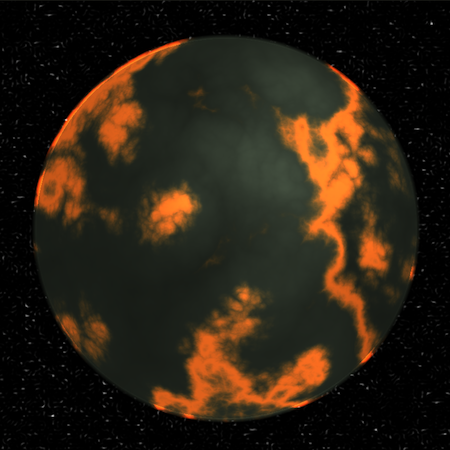Periodically I get emails from Amazon.com recommending things I might want to purchase, based on my previous purchase history.
The recommendations are always logical on a very low level, but completely nonsensical at a higher semantic level. The basic problem is that Amazon has no clue why I purchased something, which means they have no context for assessing what that purchase might predict about my future buying habits.
For example, today I received several recommendations, including one for a 75mm diameter curved watch glass. As it happens, I purchased a 50mm diameter watch glass through Amazon some months ago, because I needed a curved piece of glass for a scientific experiment. I didn’t actually need it for a watch.
It occurs to me now that even if I had needed it for a watch, it would have been for a specific 50mm diameter watch, not a hypothetical 75mm watch that I do not own.
Now my curved glass experiment is long finished, yet I continue to receive watch glass suggestions from Amazon, like pleas from a child who asks for a pony one more time, hoping to wear down a distracted grownup through sheer repetition.
I am left wondering — does this whole email recommendation thing ever actually work?
